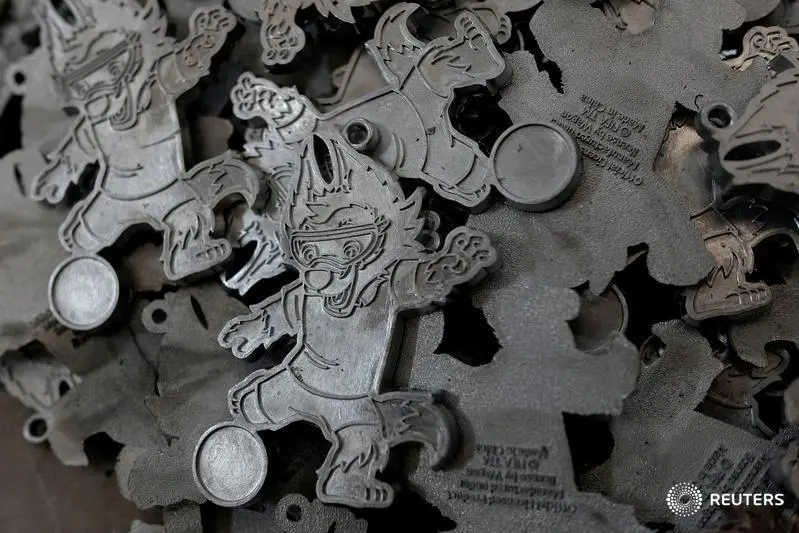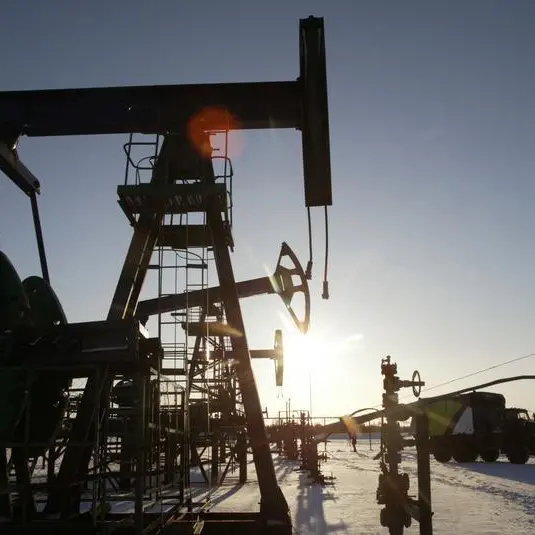PHOTO
LONDON - Zinc prices fell to their lowest since July 2020 on Thursday as weak demand for the metal used to galvanise steel pushed the market into surplus and exchange inventories rose.
Prices have plunged 35% from a high in January as an economic recovery in China, zinc's biggest consumer, proved weaker than expected and rising interest rates slowed growth elsewhere.
Adding impetus on Thursday was data showing an 18,050-tonne increase in zinc inventories in the London Metal Exchange warehouse system, taking total LME stocks to an eight-month high of 63,450 tonnes.
Benchmark LME zinc was down 3.3% at $2,236 a tonne in official ring trading, taking its losses this week to around 9%.
"Zinc is very exposed to the construction markets (and) construction is doing badly in many places," said Dan Smith, head of research at Amalgamated Metal Trading.
Steel and iron ore prices have also fallen. Chinese steel demand during the peak spring construction season was below expectations and building activity typically slows in summer.
"A meaningful recovery is physical zinc demand is unlikely in the coming months," said Citi analyst Tom Mulqueen in a note earlier this month.
Citi said it expected the roughly 14 million tonne a year market to be oversupplied by 147,000 tonnes in 2023.
Nevertheless, Smith said zinc looked oversold: "I'd be surprised if we had a huge amount of downside from here."
Also putting pressure on metals was a strengthening U.S. dollar which made dollar-priced metals more expensive for buyers with other currencies.
LME tin was up 1.6% at $24,350 a tonne after the International Tin Association said a detailed plan to suspend mining in a region of Myanmar controlled by an ethnic Wa militia force had been published this month, raising supply concerns.
Copper was up 0.7% at $7,955, aluminium rose 0.9% to $2,225.50, lead fell 0.9% to $2,031 and nickel was up 3.2% at $21,390.
(Reporting by Peter Hobson; Additional reporting by Mai Nguyen in Hanoi; Editing by Alexander Smith)





















